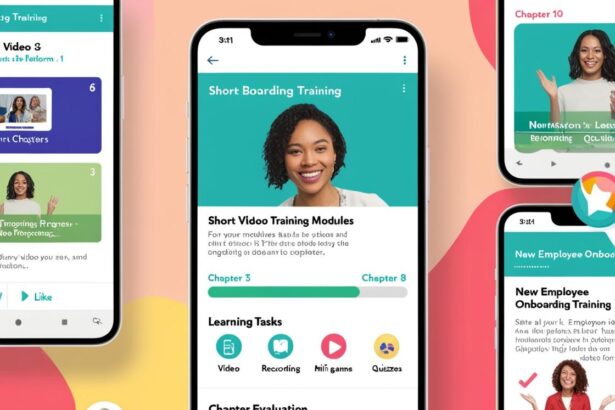What is this?
As a creative, introverted learner, I feel passionate about making math (and other STEM) concepts visually accessible and interesting. This project is a series of three TikTok videos, each taking a bite-sized math concept and turning it into usable knowledge.
My inspiration:
I learned to enjoy math through creative coding and programming interactive graphics. Creative coding served as a visually engaging interface to play around with math concepts. Learning through this format was transformative and helped heal my troubled relationship with math. Throughout my research process, I became increasingly aware that I wasn’t alone:
- Research on “fear of math”
- Writing on visual tactility / Oddly satisfying content
- Report: Social media as a helpful tool for teen mental health
Free and for everyone: Because I regularly rely on free web resources for my own learning, I felt strongly about making this educational experience accessible and publicly online.
Process / How did I make this?
Thanks to weekly updates and reflections in my design journal, I was able to document my process in depth.
Initial brainstorming and ideation for the overall project:



External sources of inspiration:
- Sensory videos [YouTube]
- Proof without words [wiki]
- Oddly Satisfying videos [YouTube]
- Euclid [interactive]
- 3Blue1Brown channel [YouTube]
- Hilarious and terrible example, similar concept [X.com]
- My own attempt to compile relatable math content [X.com]
🍰 Video #1: Geometric Dissections
🍰 Video #1: Geometric Dissections – I got the cake-cutting idea from a Numberphile video about a 1906 nature.org article titled “Cutting a Round Cake on Scientific Principles”. I found it very entertaining as a concept, especially the different shapes that the cake took on as it went through more dissections. This is also an example of “usable” knowledge because the technique, albeit only for cakes eaten over a long period of time, is actually effective.
Below: storyboard, reflection about the editing process, and initial feedback from: 1) a friend who is an avid TikTok creator and 2) my classmate Warren, who is the father of two young adolescent girls (my target audience!).



🍉 Video #2: Polygons Approaching a Circle
🍉 Video #2: Polygons Approaching a Circle – This concept certainly comes from real-life experience. It is the most efficient way to cut a watermelon without wasting any flesh or getting stuck with pieces too curved to eat comfortably. This video feels the most successful because I was able to use user-feedback from my previous video.
Below: storyboard, voiceover script, and (not attached:) feedback from my entire 15-person TF group.



🌻 Video #3: Fibonacci Spirals in Nature
🌻 Video #3: Fibonacci Spirals in Nature – This concept is the least cohesive of the bunch, since it departs from cutting or dissection concepts, but I wanted to challenge myself by exploring other potential avenues of mathematical content. I am forever inspired by Vi Hart (YouTuber and mathematician), and I showed one of her Fibonacci videos to my summer camp class of 5-12 year olds. As enjoyable it was for me to watch the video, I noticed my students couldn’t follow sped up and high-level her explanations were. This inspired me to take the same concept and simplify it into a single key observation: counting in a fibonacci sequence, and recognizing numbers in flowers’ centers.
Below: storyboard, script, and first (failed) iteration at making the clay sunflower model. The clay “seeds” looked too big and misshapen, so I pivoted to candy coated fennel seeds. They have a slightly smaller, oval seed shape and come in bright colors.
For the candy transition, I used a combination of the fennel seeds and sprinkles.



Next steps:
Engaging with my user audience: I found it challenging to prioritize user feedback. This may have been because the making process (filming, editing, scripting) was especially time-consuming. However I think it was a huge, missed opportunity to make each video even better. Ultimate success would be getting enough people (of all ages) to view the videos and show that their mind has been opened more about math. I’d specifically want to test the videos with kids and teens, as they have a uniquely strong eagerness to learn that I aim to keep building from. I’d specifically love to plan in-depth user testing/feedback sessions that involve continuing conversations about previous math concepts and dissecting existing TikTok videos that they enjoy.
Continuing content: I will definitely continue to collect concept ideas for Oddly Satisfying Math videos. The more applicable in the real world, the better! I have an animated film on binary coming soon, and will be continuing to update the OSM account on TikTok, YouTube, and Instagram. @oddlysatisfyingmath
Learning Design and future LDIT-ers:
What I learned about Learning Design: I learned that learning design is still a new, developing field. Design, overall, is a relatively new discipline (compared to law, medicine, religion), so applying design frameworks to another discipline (pedagogy) is an even newer development. Because of this, it creates an exciting ecosystem of frequent, creative innovation and interpretation.
Advice for future LDIT PCE project do-ers: One thing that served as a great reminder throughout making my project was the mantra: “It will not be perfect, and that is okay.” I think when we first learn about a bunch of concepts, and we get our first chance to apply what we know, we want to blow it out of the water and exceed expectations. The reality is though, that it is super normal and even helpful to run into many aspects of your project that you realize you won’t have time to perfect. I think this means that you’re dealing with a worthy design problem that reflects real world complexity. That’s a good thing.
AI acknowledgement:
I used AI when initially solidifying the mathematics behind each video. Throughout my scripting and storyboarding, I found AI helpful to double-check my wording to make sure I was communicating the math concepts accurately.





